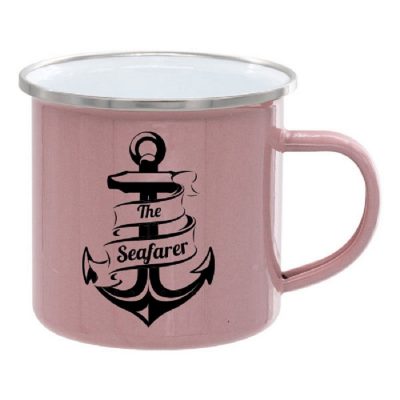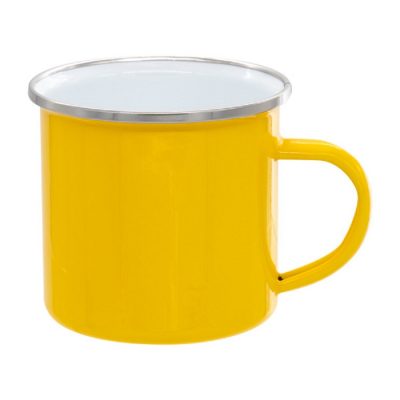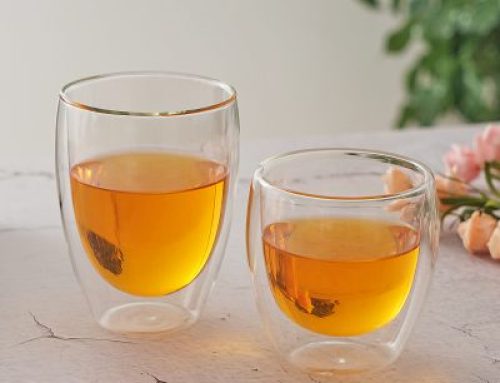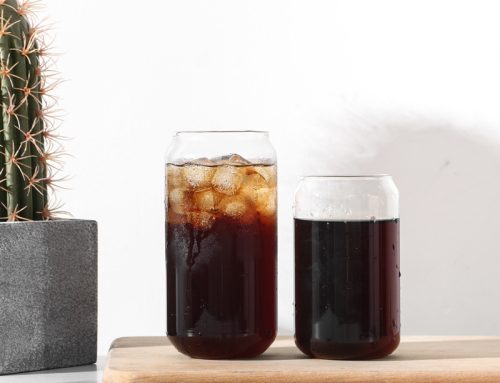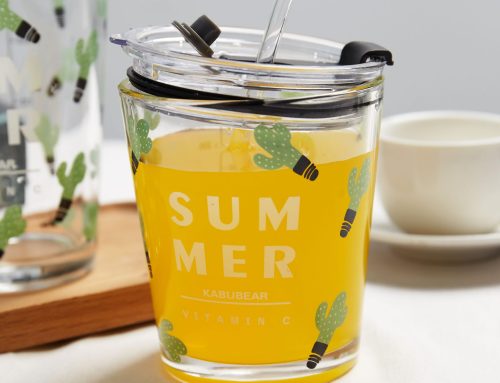Ceramics are various products of materials made from natural clay and various natural minerals through crushing, mixing, molding and calcination. In the past, articles made of clay and fired at high temperature in a special kiln were called ceramics. Ceramics is the general name of pottery and porcelain. The traditional concept of ceramics refers to all artificial industrial products with inorganic non-metallic minerals such as clay as raw materials. It includes various products made of clay or mixture containing clay through mixing, forming and calcination.
From rough earthenware to fine pottery and porcelain, it belongs to its scope. Its main raw materials are silicate minerals (such as clay and quartz) taken from nature. Therefore, it belongs to the category of “silicate industry” together with glass, cement, enamel, refractory and other industries. The main producing areas of ceramics are Jingdezhen, Liling, Gao’an, Fengcheng, Pingxiang, Lichuan, Foshan, Chaozhou, Dehua, Zibo, Tangshan, Beiliu, etc. In addition, Jingdezhen is China’s “porcelain capital”.
The porcelain quality of Shandong ceramic cup can be divided into high-temperature porcelain (mainly white porcelain), medium temperature porcelain (stoneware porcelain), bone porcelain, reinforced porcelain and magnesium reinforced porcelain. White ceramic cups belong to high-temperature porcelain, and colored glaze cups belong to medium temperature porcelain, which can also be called stoneware porcelain.
Classification of Shandong ceramic cups
High temperature porcelain: high temperature porcelain is called high temperature porcelain after firing at more than 1300 degrees. It is mainly white porcelain, with transparent glaze as the main glaze. The product has good whiteness and belongs to medium-grade porcelain. The matrix is dense, and the water absorption is ≤ 0.5. The higher the temperature, the greater the crystalline density of the glaze, the higher the strength of the porcelain surface, and it is not easy to produce scratches. The tableware does not hang oil, and the detergent is not required for cleaning. The tea set does not hang tea dirt. The color is “white” and there is no yellowing in the white. It is known as “white as jade”.
Medium temperature porcelain: also known as stoneware porcelain, the firing temperature is about 1200 ℃, and the water absorption is higher than that of white porcelain, ≤ 6%. Stoneware porcelain white cup adopts milky white glaze, and can also be made into colored glaze ceramic cup of various colors. The cost is slightly lower than that of white porcelain. It is the choice for advertising and promoting ceramic cup. With milky white or colored glaze as the main raw material, the whiteness is dark, and the colored glaze is mainly used. It belongs to medium-grade porcelain.
Bone China: Bone China for short, also known as bone china, was produced in Britain. It is generally believed that the British who successfully produced bone china was Josiah Spode (1755-1827). Josia Spode directly mixed the calcined bone with porcelain clay and mineral flux to become a traditional hard porcelain raw material, which was successfully tested in the early 19th century. Then he began to make a systematic study on the formula for producing bone china. At the end of 1821, the proportion of bone ash and porcelain stone was “standardized”. At that time, people thought that the porcelain produced by using feldspar as flux and the blank containing 46% of bone ash was a good product.
